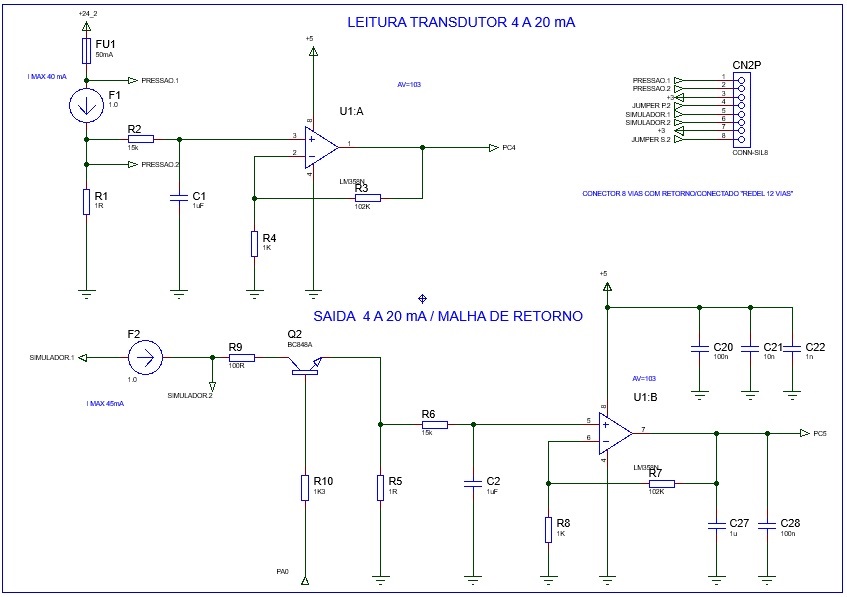Other Parts Discussed in Thread: LM358,
Hello ! I am using the LM358 in a circuit for current measurement from 0 to 20mA and I am finding it very accurate the values oscillate quite still with decoupling of 100nF and 10nF with low ESR. I would like to know if I can replace it with LMC6062 which in my opinion will give me better precision. As for the power supply I am using a simple 5 VDC supply and with the gain my output voltage will be at most 2.5 Volts. Thank you!



